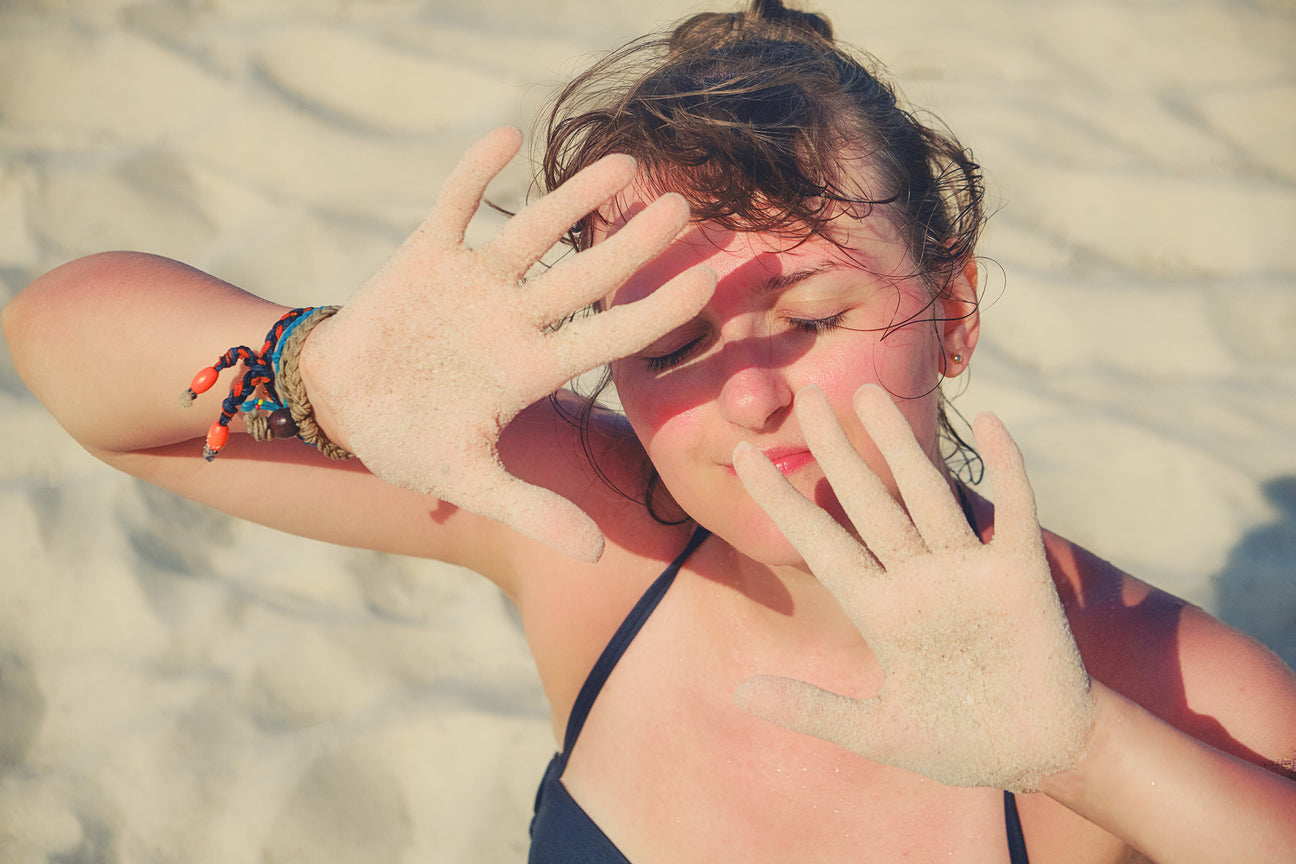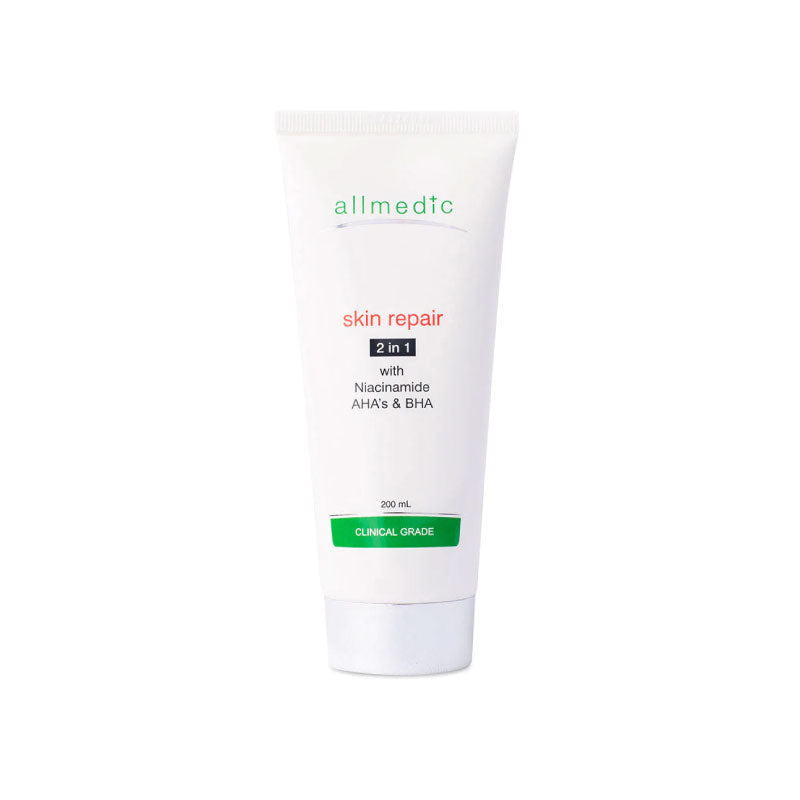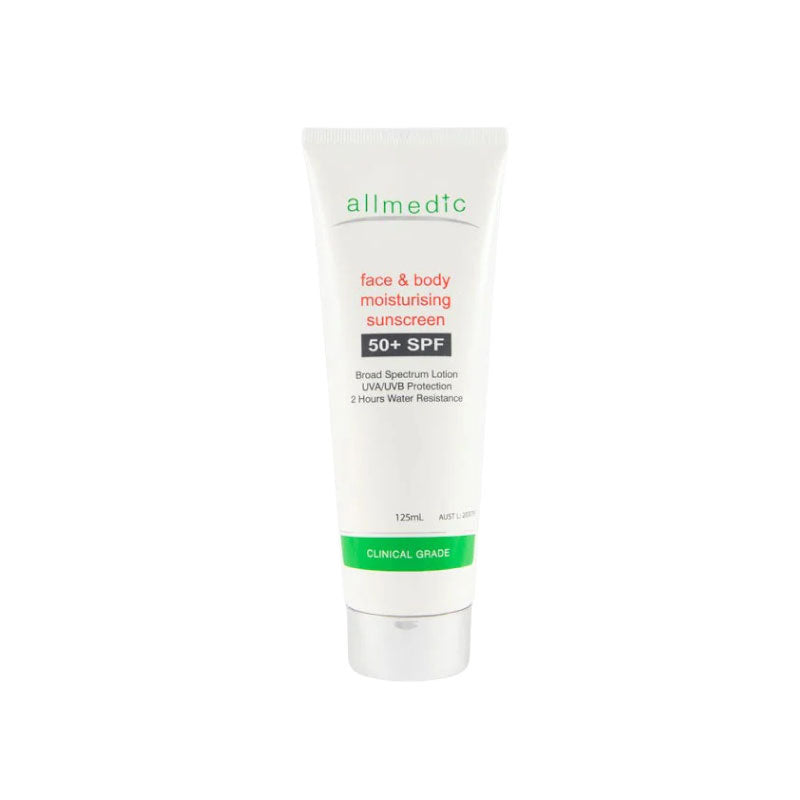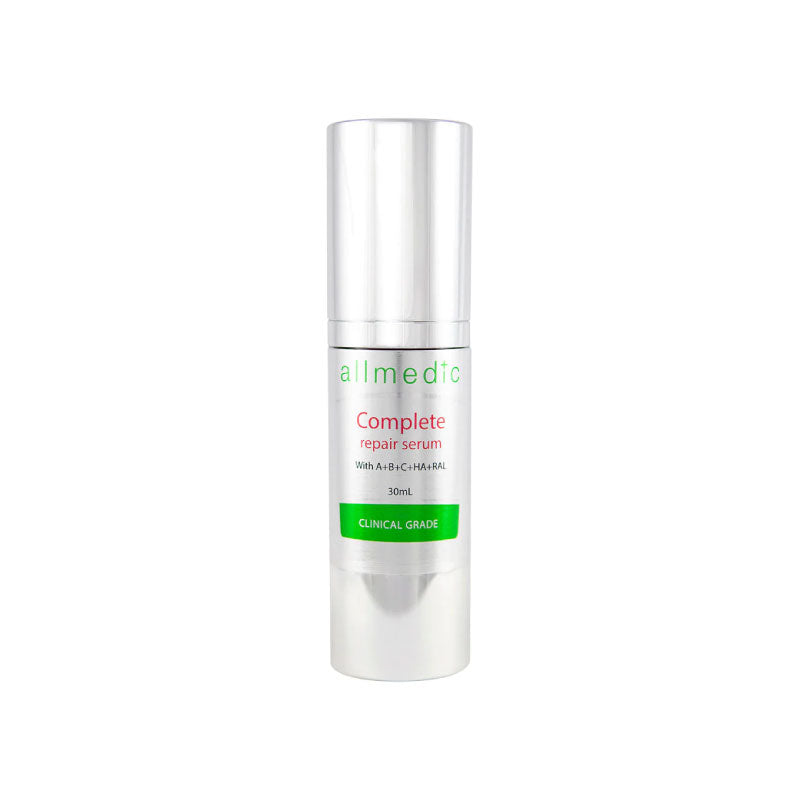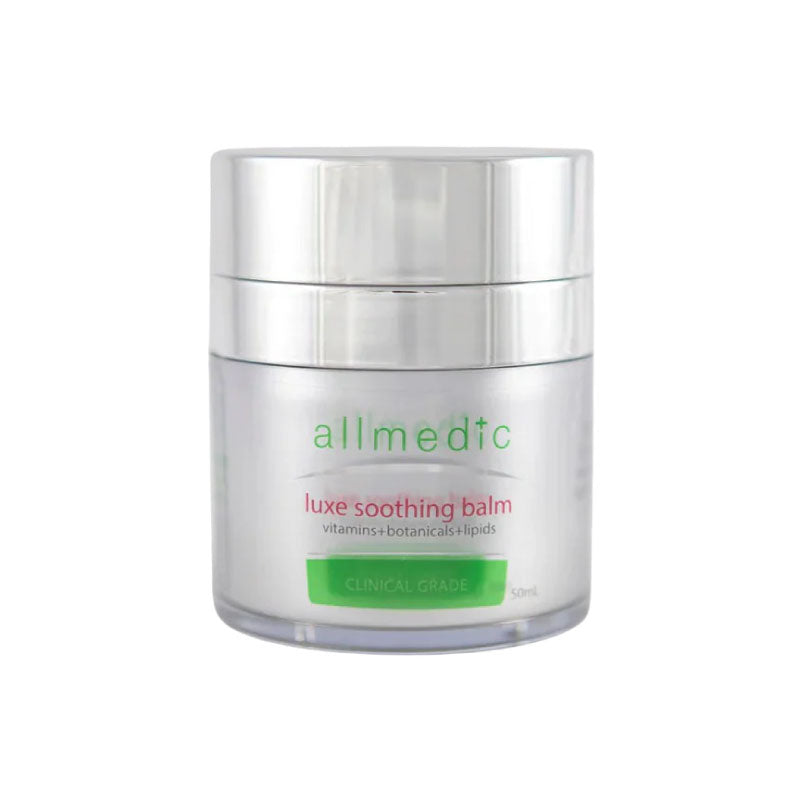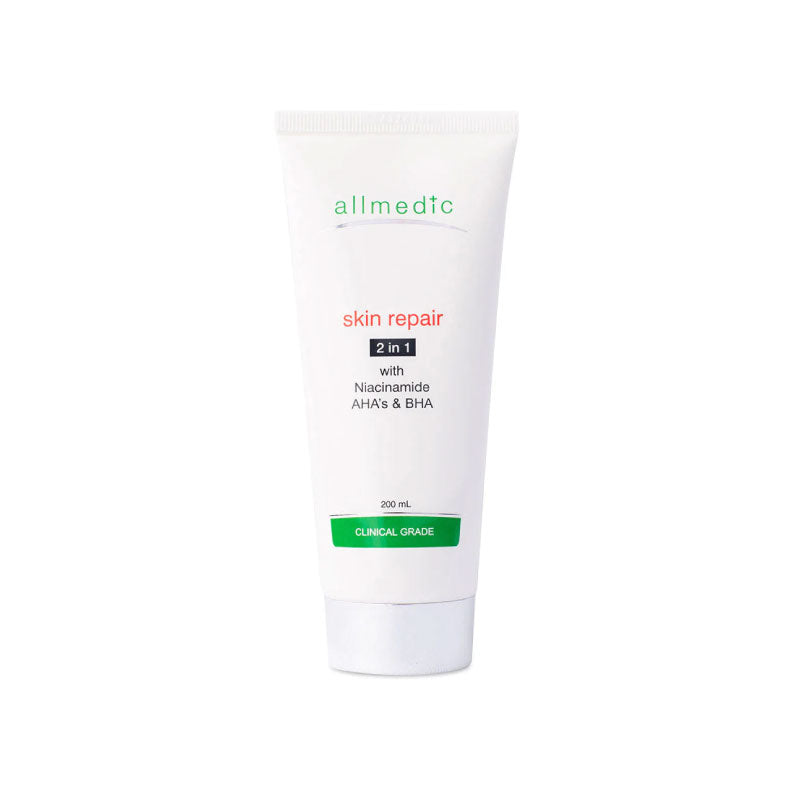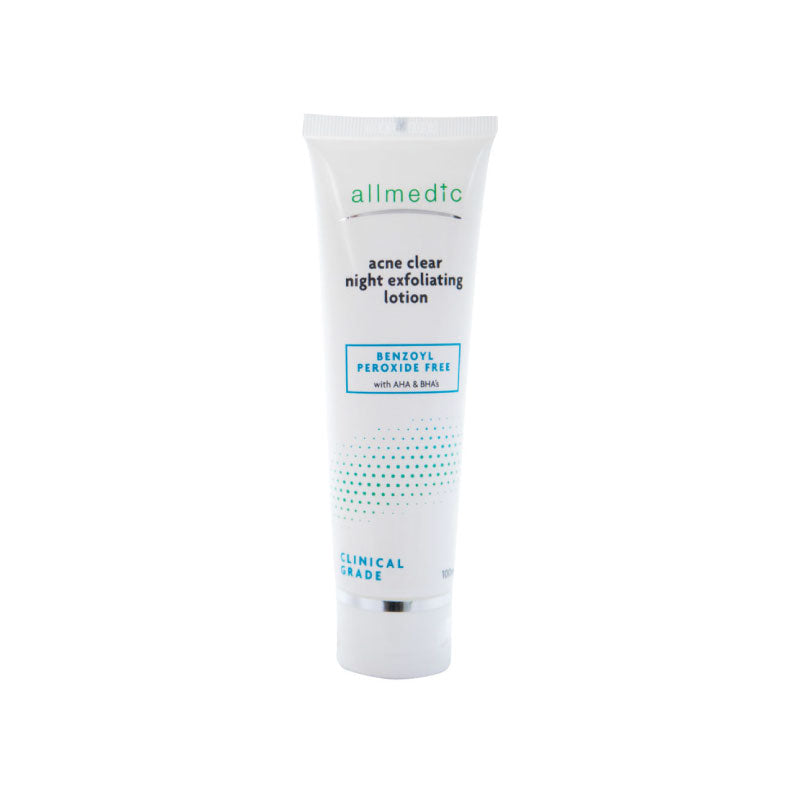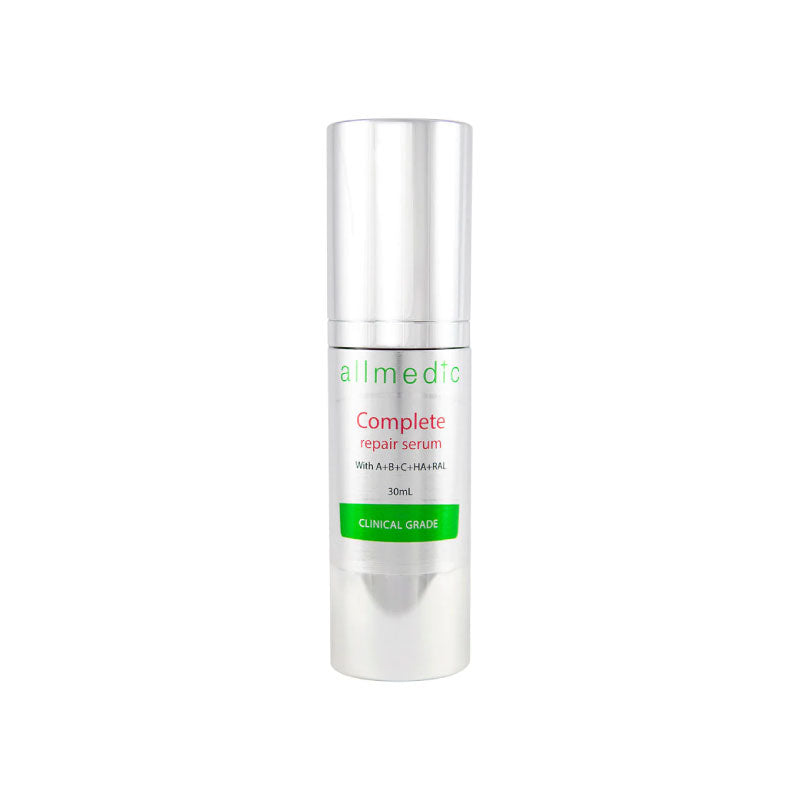Why Choose Us


Founded by Medical Doctors
Specialised and practiced in the fields of skin cancer, medical cosmetology, molecular immunology, and skin allergies.


Helping Healthcare Professionals
Providing doctors with services and tools to promote better skin health.
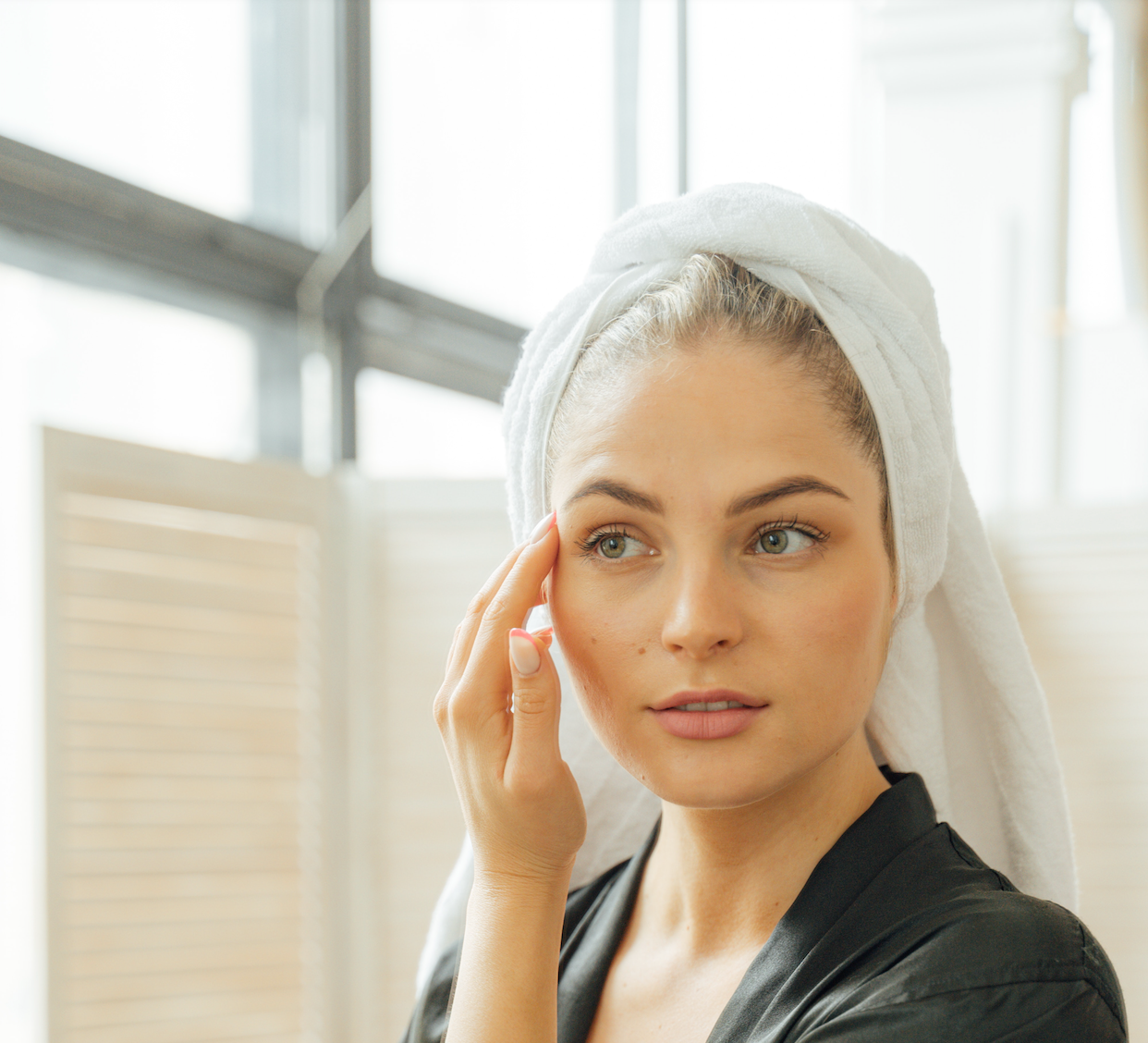
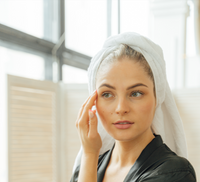
Helping Australians
Providing an alternative to traditional department store or pharmacy cosmetics.
What our customers say
Sun Damage
Most people experience some degree of sun damage over their lifetime. Even a few minutes of unprotected exposure each day can gradually affect the way skin looks and feels. Over time, ultraviolet (UV) light breaks down collagen and elastin, reduces moisture and slows the skin’s natural renewal process.
The result is sun-damaged skin that may appear dry, rough or uneven in tone. While these changes develop slowly, consistent care and protection can help restore comfort, improve texture and maintain healthier-looking skin.
What Is Sun-Damaged Skin?
Sun-damaged skin develops through cumulative UV exposure, which weakens collagen fibres and disrupts the skin barrier. This process, known as photoageing, can lead to uneven pigmentation, fine lines and reduced elasticity. Although UV effects build up gradually, adopting protective habits and using barrier-supporting skincare can help minimise visible signs and strengthen the skin over time.

Protecting your skin from UV exposure every day is the most effective way to prevent long-term sun damage and maintain a healthy, even complexion.
Visible Signs of Sun Damage
The signs of sun damage vary depending on skin type, age and lifestyle. Recognising them early makes it easier to protect and support the skin effectively.
- Uneven tone, freckles or dark spots
- Dry, rough or leathery texture
- Redness, blotchiness or irritation
- Fine lines and visible pores
- Dullness and reduced elasticity
Caring for Sun-Damaged Skin
When skin feels dry, tight or irritated after sun exposure, gentle care and barrier protection are essential. Start by cooling the skin with a clean, damp cloth or a cool shower to ease heat and sensitivity. Follow with a non-irritating moisturiser that replenishes hydration and supports recovery.
It’s best to avoid strong active ingredients such as AHAs or retinoids until the skin feels calm and comfortable again. Daily protection is vital, so apply a broad-spectrum SPF every morning to help prevent further UV-related changes.
A Gentle Routine for Sun-Exposed Skin
When skin is recovering from sun exposure, a simplified routine can help maintain hydration and support repair without irritation.
- Cleanse with Non-Soap Cleanser to remove impurities without drying.
- Apply Allmedic Luxe Soothing Balm to calm, moisturise and reinforce the skin barrier.
- Once the skin feels stable, use Allmedic Skin Repair or Allmedic Complete Repair Serum sparingly to encourage renewal.
- Always finish with a broad-spectrum sunscreen to protect against future UV damage.

Gentle cleansing and daily hydration help soothe sun-damaged skin while supporting the natural barrier and reducing visible dryness or irritation.
Preventing Future Sun Damage
Preventing sun damage is far easier than reversing it. Making small, consistent changes to your daily habits can help preserve your skin’s tone, texture and overall health.
- Apply SPF every morning, even when indoors or on cloudy days
- Reapply sunscreen at least every two hours, especially after swimming or sweating
- Wear hats, sunglasses and protective clothing
- Avoid direct sunlight during peak UV hours
- Keep the skin hydrated and include antioxidant-rich foods in your diet
When to Seek Professional Advice
While most sun damage can be improved with consistent care, certain symptoms require professional attention. Persistent redness, flaking or irritation, as well as rough or scaly patches that do not heal, should always be examined by a clinician.
Any pigmented areas that change in shape, size or colour also warrant prompt review. Early assessment ensures appropriate management and helps maintain the long-term health and appearance of your skin.
Conclusion
Sun damage is one of the most common yet preventable causes of skin ageing. Prolonged UV exposure gradually alters the skin’s texture and tone, but these effects can be managed and reduced through consistent care. Protecting the skin from further exposure, supporting hydration and maintaining a healthy barrier all play vital roles in recovery.
Adopting a daily sunscreen habit, using gentle restorative skincare and making small lifestyle adjustments can make a visible difference over time. With ongoing protection and attention, sun-damaged skin can regain its balance, comfort and resilience, allowing the complexion to appear smoother, healthier and more radiant throughout the year.
Frequently Asked Questions
What does sun-damaged skin look like?
Sun-damaged skin often appears uneven, with areas of pigmentation, redness or visible capillaries. It may feel rough, dry or leathery to the touch and show fine lines or enlarged pores, particularly on areas frequently exposed to the sun such as the face, neck and hands.
Can sun damage be reversed?
While the effects of UV exposure can’t be fully undone, the appearance of sun-damaged skin can be improved. Consistent hydration, gentle exfoliation and the use of barrier-supporting products can help restore smoother texture and a more even tone over time.
How long does it take to repair sun-damaged skin?
The timeframe varies depending on the extent of damage and your skincare routine. With daily SPF use and a supportive skincare program, visible improvements such as smoother texture and reduced redness are often noticeable within several weeks.
Is sunscreen enough to prevent sun damage?
Sunscreen is essential, but it works best when combined with other protective measures such as wearing hats and protective clothing, seeking shade during peak hours and maintaining a healthy, hydrated skin barrier.
What should I do if my skin feels hot or sore after being in the sun?
Cool the skin gently using a damp cloth or a cool shower. Apply a soothing, non-irritating moisturiser to calm the area and avoid any active skincare until irritation subsides. Continue using sunscreen to prevent further damage while the skin recovers.
Can sun damage cause pigmentation or dark spots?
Yes. UV radiation triggers excess melanin production, leading to freckles, sunspots and uneven pigmentation. These marks often become more visible with age and repeated exposure to the sun without adequate protection.
What are the best products for sun-damaged skin?
Gentle, hydrating products that help restore the skin’s barrier are ideal. Look for cleansers that don’t strip the skin, soothing moisturisers that calm irritation and a high-quality broad-spectrum sunscreen used daily.
Should I exfoliate sun-damaged skin?
Exfoliation can help improve tone and texture, but it must be done carefully. Avoid harsh scrubs or strong acids and instead choose mild exfoliating ingredients once the skin is no longer red, sensitive or inflamed.
Can sun damage make my skin more sensitive?
Yes. Repeated UV exposure weakens the barrier, leaving the skin more reactive to heat, products and environmental stressors. This is why gentle skincare and consistent SPF use are vital for protecting and rebuilding resilience.
